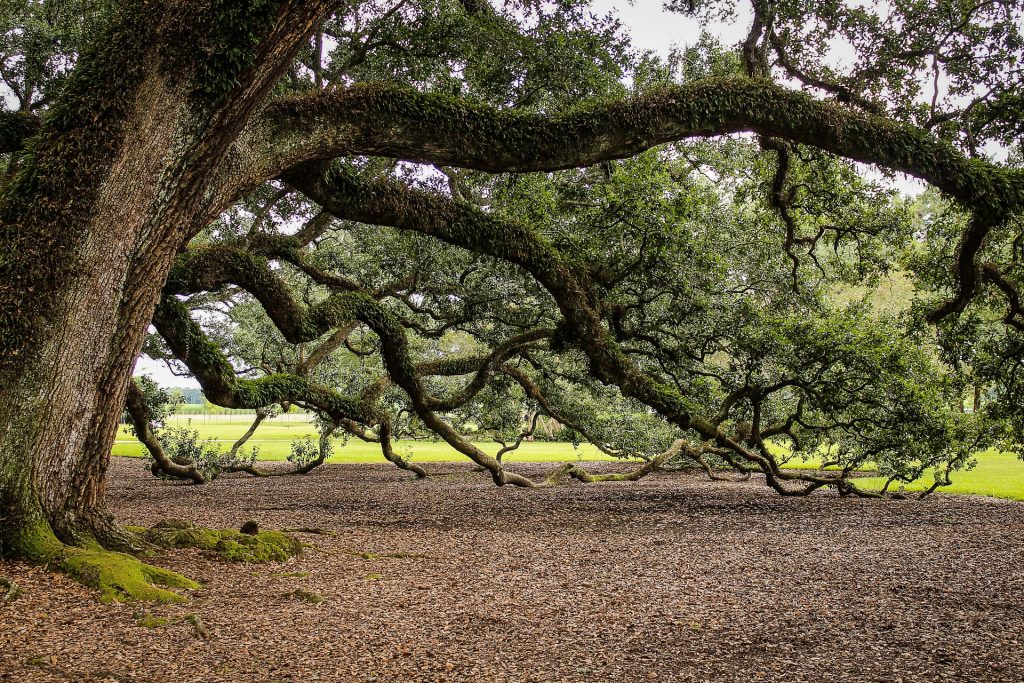This post was contributed by Hafsa AlKhudairi, a student on Birkbeck’s MA Contemporary Literature and Culture
 The exhibition featured multiple pieces that could be defined as both art pieces and theses.
The exhibition featured multiple pieces that could be defined as both art pieces and theses.
My contemporary: student videos
During the autumn of 2016, the students of the MA Contemporary Literature and Culture were asked to create a short video that expresses their experience of the contemporary. Magdalena Sałata’s response, called “Reading (The Contemporary)”, literally shows the books that created her contemporary reading experience. My response, called “Fandom in The Contemporary” shows all the different ways people express their love to shows, books, movies, and comics. Annapurna Barry’s submission is the experience of an audience watching Rachel Maclean’s ‘Wot U 🙂 About’, expressing an enjoyment and an interaction with subversive and modern art. Nourhan Souk’s “Week 11” explores Peter Boxall’s statement in Twenty-First-Century Fiction: A Critical introduction (2013): “When we look backwards out of a speeding car, the place we are occupying at any given time is a simple, lateral blur, which resolves itself into a picture only when we have left it behind, as it fades into the distance” (1-2). Finally, Samatha Bifolco’s contribution is both an observation about how the hairdressing industry has become creative and innovative using the stylings of the common street factions and turning it into a trend for the masses, commenting on humanity’s affinity to remix trends.
Remote action and reaction
Using a virtual reality headset and an iPhone, war becomes an entertainment and a game, yet this technology is used to train military personnel before they are shipped. For the bystander, it is just an interesting experience into a new type of gaming or a new way of exploring life. However, the exhibit highlights this new technology use in the military, bringing forth criticism towards remote warfare that desensitizes military personnel from the tragedy of war and the loss of human life, but at the same time helps save those who train in a safe environment before being thrust into war.
The expansion of narrative in the digital age by Hope Dinsey
Hope Dinsey breaks down their topic into print media’s reaction to digital, digital media and new fiction formats, fandom and changes to the narrative environment. This exhibit relates the changes in narration to the existence of the internet, for it created a more varied approach. The exhibit demonstrates how print media responded by becoming more creative and innovative in their physical books. Moreover, there was a rise of digital literature after the internet such as interactive fiction and hypertext fiction, presented with an original story by Dinsey. Lastly, the global existence of fan culture became accessible and was perpetuated by the reorientation of the canon in a creative and mostly inclusive manner.
Ghosts of the future: ruination and (re)creation by Daniel Pateman
Daniel Pateman created a multimedia exhibit that shows a video that shows the ruins of a past life and re-created scenes that could have happened in these sites of ruination. It shows the contemporary’s obsession with scenes of the past as a means of exploration of the futility of life and the speed in which things can change from prosperity to devastation. It’s also a reflection of not just physical dissolution, but a mental one too because of the desolate political landscape. However, the exhibit didn’t focus solely on the video; it was accompanied with images and poetry that explores the idea of ruination as well as display different stages of ruination, bring the theme to life.
It’s a Fairy Tale! by Aefifa Razzaq
The current political climate is filled with stories about the American government and children are listening to these stories. As a teacher, Aefifa Razzaq, felt compelled to confront the topic and explain how despite the overarching belief that we have become completely progressive and united, Donald Trump was still elected president with his racist, bigoted, and misogynistic opinions. What was created out of that was a bunch of students expressing their opinions on how influential he is in terms of his aptitude in swaying people’s opinion towards his view. The outcome was a book filled with quotes from past presidents stylized by one of Razzaq’s students.
 As universities are transformed by the constant presence of digital technology, there is a need to look at how this modifies higher education practices.
As universities are transformed by the constant presence of digital technology, there is a need to look at how this modifies higher education practices. 

